Discounters now hold more than 12% of the British grocery market, with sales at both Aldi and Lidl soaring in the last quarter.
Aldi’s sales grew 12% year-on-year in the 12 weeks to February 25 while Lidl’s sales were up 9.1%, according to data from Nielsen.
Together, they now make up 12.3% of British grocery sales, crossing the 12% line for the first time.
Across the sector, sales rose 1.1%, boosted by the first inflation in food retailing, during February, since last April.
Aside from Aldi and Lidl, Iceland, M&S and Waitrose saw the biggest sales increases at 5.6%, 4.3% and 3.1% respectively.
Of the big four, Morrisons had the largest rise with 1.9% and was the only member of that group to sustain its market share, which held steady at 10%.
Asda sales continued their decline, falling 0.9% – the biggest decrease at any food retailer.
| Grocer | % share, 12 weeks 2017 | % share, 12 weeks 2016 | % sales change y-o-y |
|---|---|---|---|
| Tesco | 27.40% | 27.70% | 0.80% |
| Sainsbury’s | 15.80% | 16.10% | -0.30% |
| Asda | 14.30% | 14.70% | -0.90% |
| Morrisons | 10% | 10% | 1.90% |
| Aldi | 7.40% | 6.80% | 12% |
| Lidl | 4.80% | 4.50% | 9.10% |
| Co-operative | 4.80% | 4.80% | 1.60% |
| Waitrose | 4.50% | 4.40% | 3.10% |
| Marks & Spencer | 3.60% | 3.50% | 4.30% |
| Iceland | 2.40% | 2.30% | 5.60% |
Nielsen UK head of retailer and business insight Mike Watkins said: “Whilst the retail landscape is very different to 25 years ago when Aldi entered the UK, discounter market share is higher than when Kwik Save was at its pomp as the original discounter.
“The difference today is that Aldi and Lidl aren’t solely associated with low-priced brands, having been very astute at promoting the quality and price of their private-label range to appeal to a wider array of shoppers.
“Aldi and Lidl’s momentum continues due to new stores opening and the average shopper spending more – testament to the wider and higher quality of products available.”






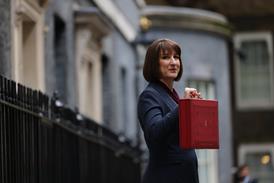





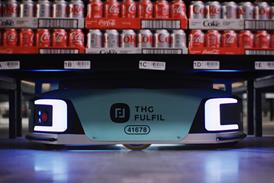





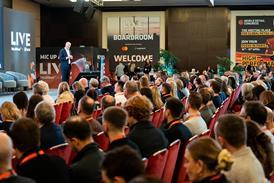



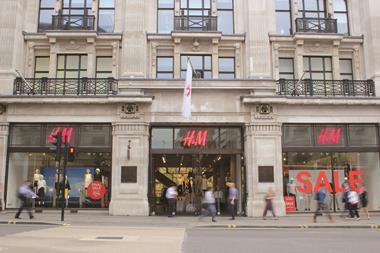
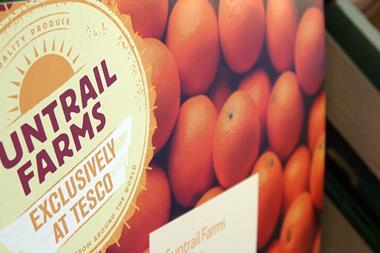
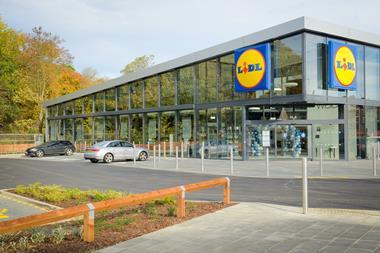



No comments yet